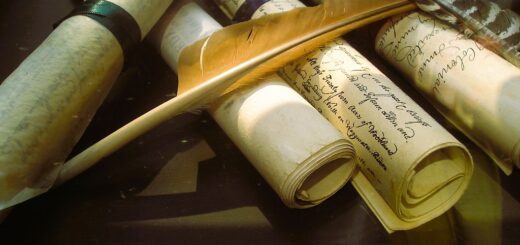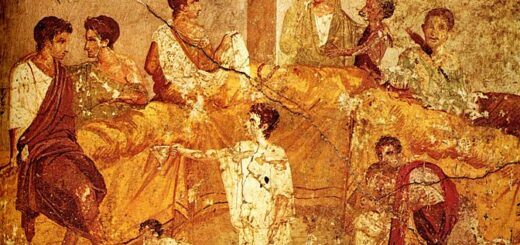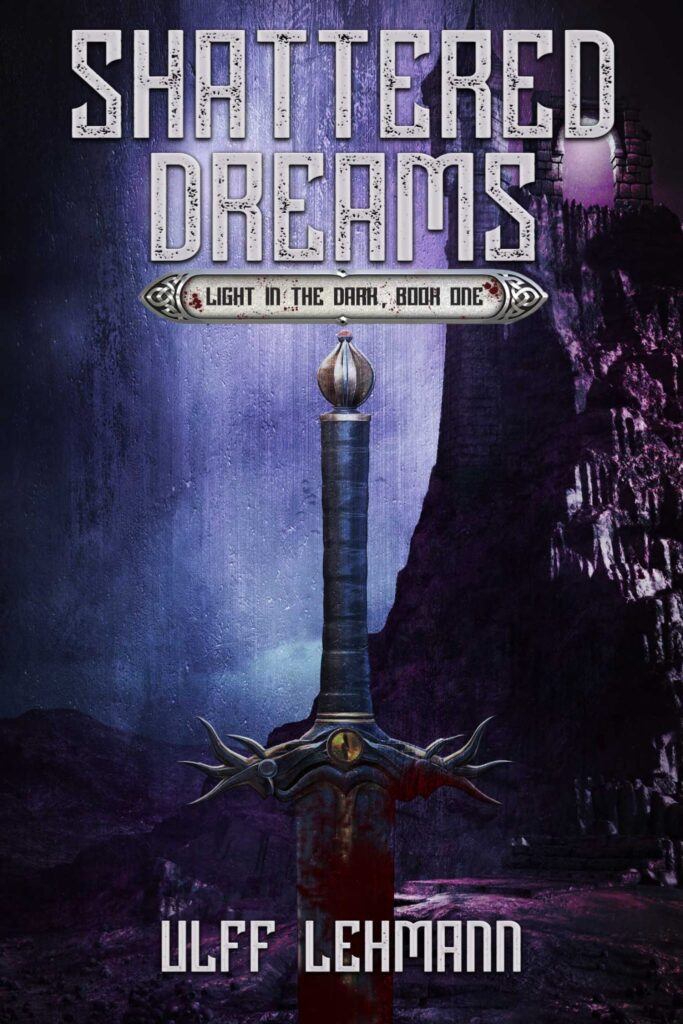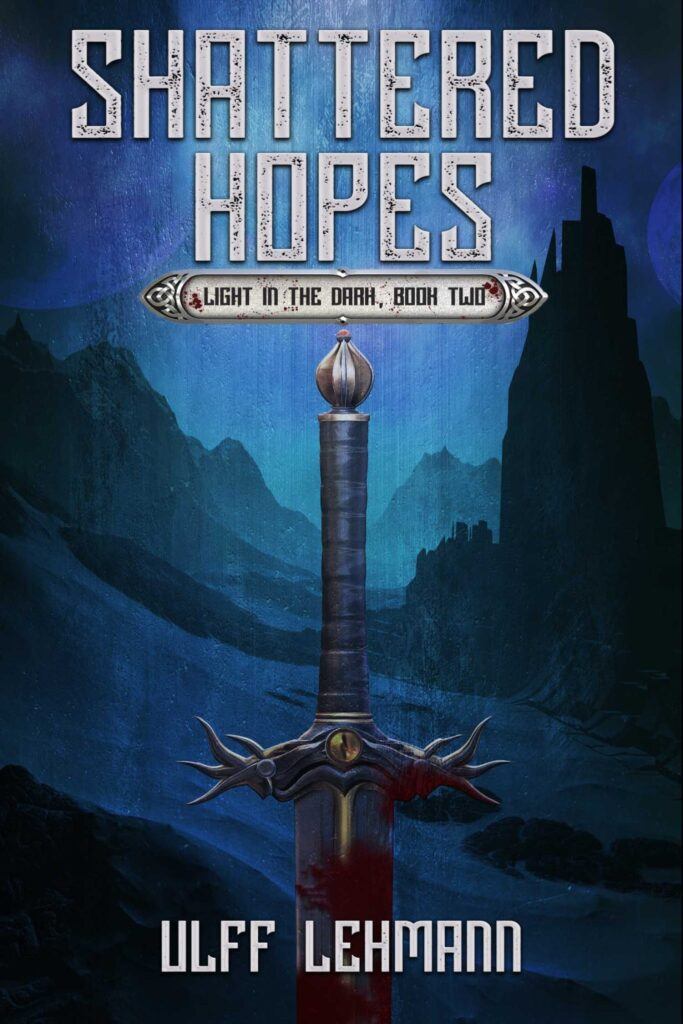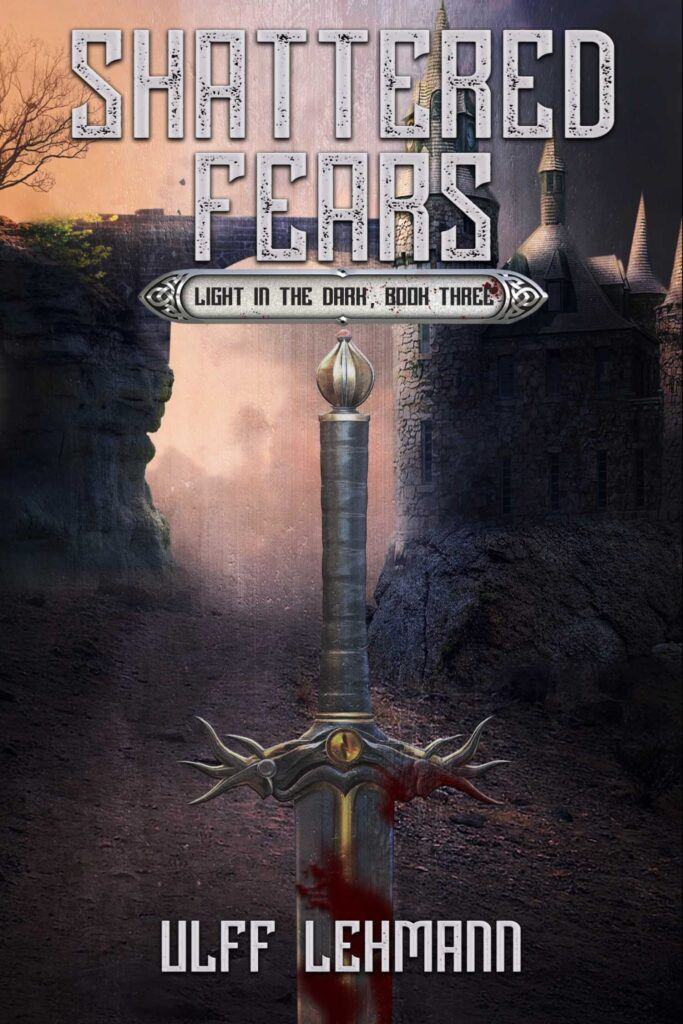The Dragonlands, Part 1
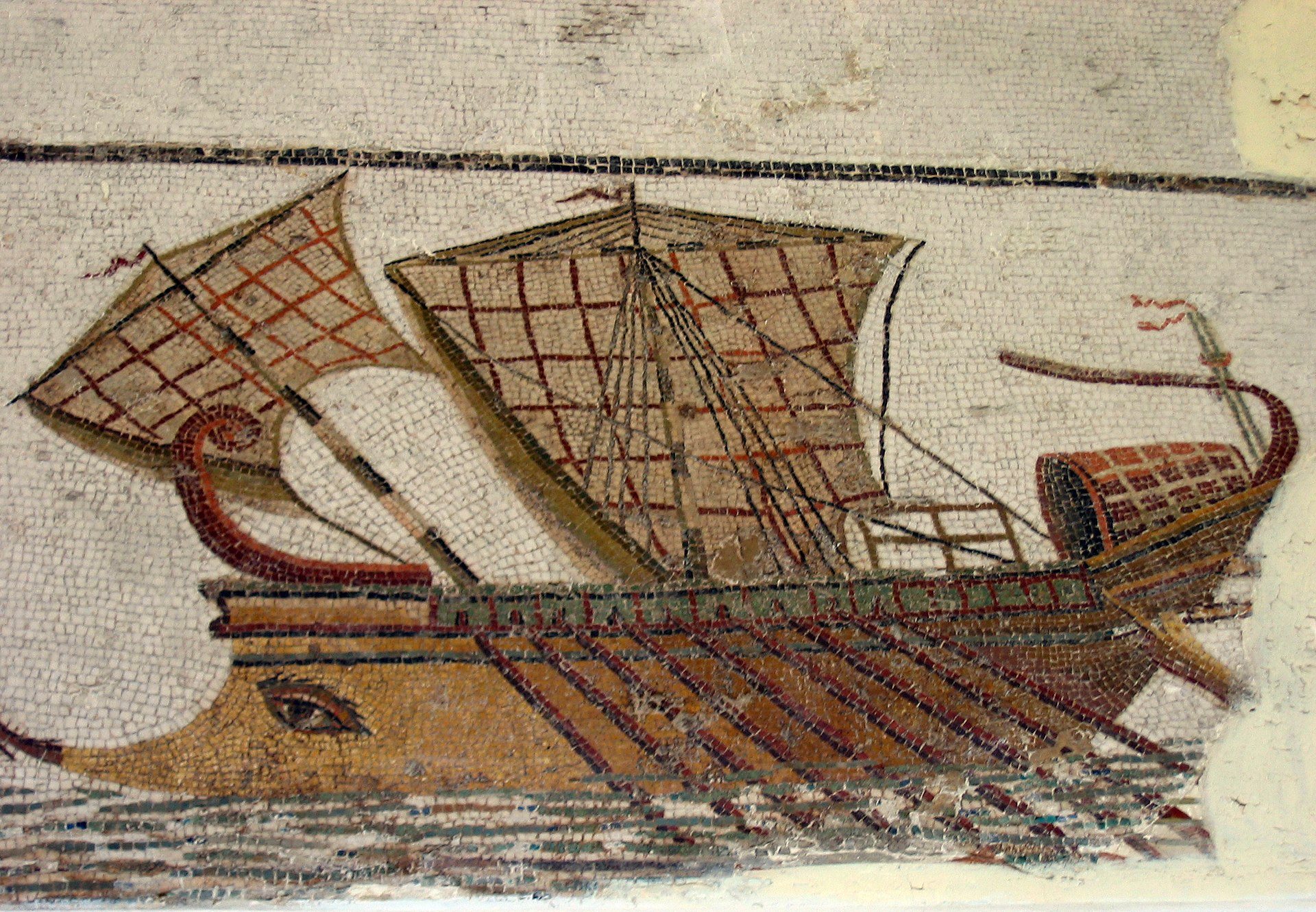
An Overview
(What we have here is the copy of a copy of the original text written by renowned Breiamhbéan explorer Kyr Valdaren a long time ago. The Library managed to acquire a crumbling copy from the Library of Mhafan. ~K)
I bought passage onboard a trading vessel out of Mhafan. Since cargo space is at a premium, especially for a ship like the Dragonstar that travels the ocean through the Veil of Fire, everyone has to lend a hand. Those who do not pull their weight are unceremoniously thrown overboard.
As the Dragonstar’s first mate informed me, crossing the Veil of Fire is only safe during the summer months, so we left Mhafan on a blistering Trannday in the second week of Heat in the second year of Empress Aureanas’s rule.
(It’s difficult to equate the years of Rulership to the Kalduuhnean Calendar, especially for the time before Kalduuhn’s independence. The chronology of events is at times hazy, for even Gathran did not have a properly established calendar. We here in Breiamhbéo reset the calendar every time a new Emperor or Empress begins his or her reign. In Gathran, at the height of the Empire, this was also the norm, but that changed when the Council of Mages deposed the last queen. By most estimates, this happened around 20,000 years before the introduction of the Kalduuhnean Calendar. Gathran shrank over millennia, and when Breiamhbéo was properly founded sometime in this period – some say it was 4000 years before Kalduuhn’s independence – it was the final nail in Gathran’s coffin. Some say it was 4005 or even 3995 years before the Kalduuhnean Calendar was established.)
Ultimately, Kyr Valdaren’s travelogues began a few years before Aureanas eliminated Branh who had cheated her of rulership of the newly founded Breiamhbéo. Branh ruled for a score years, or thereabout, so the second year of Aureanas’s rule is somewhere between 3979 or 3969 years B.K.C., before the Kalduuhnean Calendar. ~B)
(There are some who say Branh’s reign lasted only a dozen years, others claim it lasted two-score years. ~P)
(Make our job even harder will you? Kyr Valdaren’s travelogues might be a good way to gauge the first emperor’s rule though, as he dated even his earliest documents in the established fashion. ~B)
Travel aboard a seaworthy vessel is vastly different than traveling down a river or along the coastline. Sure, there might be some rough going during the latter two, but the vomit-inducing up and down of the waves was something I had not been prepared for. The right offerings had been made, which was part of my fare as the first mate informed me, but such never saved a mariner from ‘a bit of fun’. Even now, as I write this, part of my supper seems more mobile and prone to exit the way it came in than before. And I have not been to sea for the past few months.
On Magic Seafaring
Even though the Dragonstar possesses the appropriate magical facilities, as well as the mage to utilize automated oars, for the most part we sailed. Only when the winds became too unpredictable, and while maneuvering the Veil of Fire, did our captain remind the oars of the motion they had performed so many times before.
(Never having sailed the oceans, I find the described use of magic rather interesting. Sure, mages nowadays serve as drivers for the carts crisscrossing Breiamhbéo, so magic is much more freely available today than back during Valdaren’s days. Even though Mhafan had clearly been part of the empire, it had, for millennia, been subject to the same segregation and degradation of commoner spellcasters. Maybe the kind of persecution Gathran’s ruling class had wrought upon the common born mages had never reached the fringes? Be that as it may, the Dragonstar’s captain was obviously a mage, didn’t hide his talent, and used magic to travel on, even when the winds died down. ~P)
I found it curious that there was no elaborate mechanical contraption that worked the oars and asked the first mate about it. His explanation was simple: “Replacing a broken oar is simple, but gears do get mucked up here. Saltwater, seaweed, you name it, the more complicated the mess, the more prone it is to failure, and believe me you don’t want to be caught in the Veil without oars.” I believed him. When I asked if there were enough sailors to use the oars should the captain fall ill, he answered: “We have two more talented people on board, so barring a major catastrophe, we’ll be fine. Now get back to scrubbing.” I did a lot of deck scrubbing that journey.
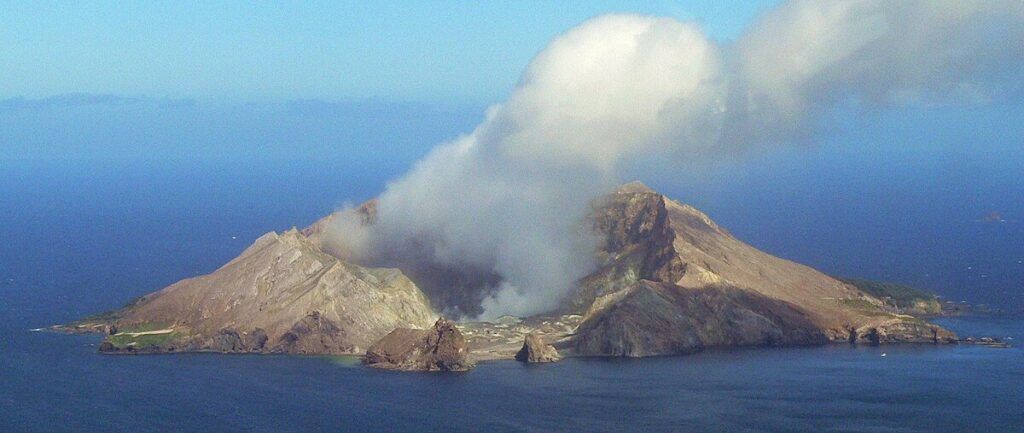
It took several weeks until we saw the illuminated mist that is the Veil of Fire. In truth, it was a little disappointing. After all the stories we learned as children about how this border divided the lands of the Children of Ice and the Children of Fire, seeing the steam clouds, which the glowing lava turned into a gleaming, reddish hue, was anticlimactic.
Our passage through the Veil of Fire, however, was anything but. Although the space between each volcano is comparatively large, the lava flows, the hardening lava, and the resulting jets of hot steam make maneuvering through it a nightmare of epic proportions.
The Flyer Above the Waves
One of the crew is selected to “fly above the waves” as the sailors call it. What happens then makes for great storytelling, as that one sailor is hung from a pole fixed into the bow, and lowered so far down that he can peer into the water. The sailor then proceeds to shout directions or warnings to a sailor standing nearby, who then relays these to the helmsman who adjusts the course accordingly. The captain, or whoever is controlling the oars at the time, only orders them to row upon the helmsman’s command. The first mate explained that the flyer above the waves and the helmsman are usually the same two people, and they develop a sort of code between them to increase effectiveness.
To see this with my own eyes, to hear the shouts from within the mist, to feel the exhilaration of finally reaching the far side of the Veil, even the veterans of the seas shared a relieved shout at the end. And the flyer above the waves? He looked like an overdone lobster and was packed into ice, tended to by a Caretaker for a week afterwards. His job was done, and he could rest until the Dragonstar made her way back. What’s particularly interesting is the fact that flyers are paid almost as much as captains. Theirs is a hereditary profession, and many a flyer can look back upon generations of ancestors who have done exactly the same thing, passing their knowledge down the generations.
What must be pointed out, however, is the fact that every few decades the dragons send one of their servants to clear one channel, one passage in the vast ring of volcanoes. That means, in their capriciousness they never choose adjoining passages. A new channel might be thousands of miles east of the last one and the dragons do not share the location with anyone. They think it funny, having a fleet of ships sailing along the Veil in the desperate hope to discover the path south. From their perspective, it certainly is amusing.
In the race to find the latest passage, many a ship does not return, and the prices paid for the coordinates can be quite high.
Passage comes at a price, as I have experienced. One does not simply buy a stateroom or cot (if the ship in question even has those for passengers.) Since space is at a premium and merchants tend to fill as much empty space as possible, anyone desiring to book passage will have to work. One of the sailors told me of a wealthy lady who wanted to go “sight-seeing” in the Dragonlands. In order for her to avoid working (as such types are wont to do) she had to buy passage for two extra servants, one when they left the north, and one when they left the south. The servant in the former case was someone desperate to escape, the latter simply wanted adventure. And as the extra mouths required more rations and resulted, consequently, in less goods being transported, the fare was more than exhorbitant. Suffice it to say, the merchant managed to overhaul the entire vessel.
And the lady? The dragons did not even permit her to leave the vessel.
The Dragons
The eight dragons, or Dragh’s Ones as the old tales call them, rule over the eight continents of the southern hemisphere. Their rule is as absolute as it is capricious. You see, despite (or maybe because of) their godhood they enjoy philosophy and stories. And since their perception is so different from our mortal outlook on life, they are prone to change views, if the mood strikes them. A new idea occurs to them, and suddenly the people in their realms need to adjust, quickly.
Now, I have observed engineers trying out new gears, and whenever they add or subtract something from an existing mechanism, the rest of the machinery needs to be altered. Substitute philosophy for engineering and people’s mindsets for the machinery that suddenly needs alteration, and you can imagine what is required to compensate for draconian capriciousness.
(I did not learn this from the sailors, as they usually aren’t allowed past the Foreign Quarter in any given port city. But I digress . . . )
Once past the Veil of Fire, the winds picked up, and we made great progress for the first few days. The southern ocean’s fauna is different, and it seems there is barely any exchange between the two, at least that’s what the sailors told me. There are fishes, of sort, but they are twisted by the magics of the great dragons. I’ve heard it say that the fissures that connect the surface and the realm of the Lord Fire (Imprisoned though he may be. ~K) allow for firelings to slip through and populate the oceans. A zoologist would find it fascinating. Who knows, maybe someone already has written about these ocean-dwelling firelings. (It’s almost as paradoxical as the Lord of Sun and War being Lady Ice’s firstborn child. ~D) Some of the ocean-dwellers fly, not any long distance but I have seen creatures leap out of the water and glide through the air for several sgoltadhs only to slip beneath the waves again at the end of its airborne journey.
There seem to be very few islands between the Veil and the continents. Only the Dragons know why this is so, and they don’t divulge this secret (or any other for that matter).
Eventually, we reached a continent. As luck would have it, we arrived at the time of the Great Storyteller’s Journey. This is not your typical holy day or festival; indeed, the peoples of the Dragonlands do not regularly celebrate this. But, paradoxically, the Storyteller’s Journey is the reason why the continent I arrived on had no name.
I shall get back to the Journey.
The continents are bleak to elven eyes. Black mountains, black sand, broken up by black, glassy peaks, . . . and this is just the coastline. As I found out, the interiors don’t look much better. It is quite reminiscent of the Veil of Fire and its volcanoes. This shouldn’t have surprised me, because, after all, this is the realm of the dragons.
Apparently, the coasts of every continent look as forbidding as the one I saw as we approached this now unnamed continent. As we sailed due east, we passed many unwelcoming natural harbors. When I asked why we didn’t land there for fresh water, the First Mate told me that far too many others have fallen victims to the seeming serenity. Beneath the waves, he said, lay shards of glass and rock so sharp they would cut any hull in twain.
We sailed for several days, eight I think, always in visual range of the bleak, black coast, and I would have lost my mind, had not the captain assured me that it wasn’t far anymore. It seemed he was merely calming me down, as one calms an annoyed child on a long voyage, but on the ninth day I beheld something utterly unbelievable: green lands.
I saw trees and shrubs and grassy hills dotted with flowers, an oasis of color in the midst of this bleak coastline. This was the harbor of Snoring Tranquility. You can well imagine my disbelief and laughter at the mention of this rather odd name. Believe me, dear reader, it was not the last odd name. Apparently the dragons have a peculiar sense of humor. If you think Cingrib’s chastisement of one abusing a homeless person was twisted, let me assure you, the Maid of Mischief could learn a thing or ten from the dragons.
You see, within their realms, the dragons can, if they so choose, see and hear everything. They can’t intrude upon people’s thoughts, but when they want to hear why there is a drunken brawl in a tavern, they can hear all the shouts and even see the flung furniture. The dragon of this particular continent apparently overheard a bunch of sailors complain about the “snore-fest” that was the harbor’s tranquility. He or she liked this observation so much, they decreed that the harbor be renamed Snoring Tranquility, as a reminder for the citizens to lighten up.
I’m told of other harbor towns that have received equally silly names. But even those are prone to change, once a dragon changes their philosophy.
(Here the scroll ends, but we pieced together the continuation from several fragments discovered in libraries as far away as Ghochandrugh. ~K)

If you enjoy my content, why not buy me a coffee? Click here shoot me a few bucks.

